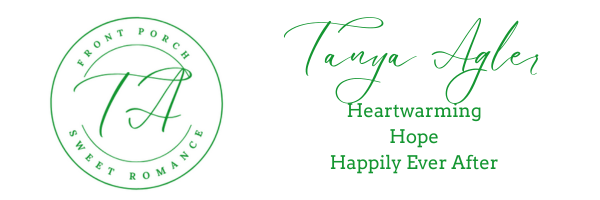Think about the book you’re reading. If you’re on the first ten pages, think about the last book you read. Where did your favorite scene take place? Did it take place in a living room or a kitchen? Probably not. Did it take place during dinner or breakfast? Probably not. When you’re plotting or writing a scene, how do you decide the setting? How do you figure out how to increase the likelihood of writing a scene that will get your book to stand out from the rest?
Get out of the living room. Chances are you’ve heard this at some point in your life: Turn off the television, get out of the living room, and go somewhere. Live life. In Donald Maass’ Writing the Breakout Novel, he gives this advice, and I sat there reading his work, nodding and wincing at all the times I’ve written a scene in a familiar setting rather than stretching to find a more unique setting for the scene.
I felt the light going off in my head. Get the characters out of the ordinary settings and stretch to think of places to layer in all those senses: sight, touch, taste, smell and sound. Can your characters go outside? Can they visit a place that would open up new vistas of description?
Think of that book you’re reading. Where are your characters? I’m listening to an audiobook (thank you to Stephen King and his advice about listening to audiobooks in On Writing), reading a paperback, and reading a book on Kindle. As I’m driving, I’m listening to Kate and Jake’s story in Jennifer Crusie’s Manhunting. Talk about great settings. The lake where Kate and Jake spend their mornings is practically its own character. Nancy’s bar where Kate learns to play pool and tend bar is a country bar with a heart. By setting her scenes on golf courses, hiking trails, and small town shops, Crusie weaves a memorable story, full of humor and exciting settings. I’m reading a book of four novellas entitled Four Weddings and a Kiss. I just finished the first novella, Spitfire Sweetheart by Mary Connealy. The inciting incident of the novella takes place outside with the hero, heroine, a bear, a bull, a calf, a cow, a horse, and a herd of Angus. I bet that description of the setting alone got your attention, didn’t it? No cozy living room setting to get this book in high gear. Instead Connealy goes all out and grabs the reader’s attention by setting the scene in the great outdoors.
Leave out the food. Tina Radcliffe, a wonderful inspirational romance writer, taught one of the best writing classes I’ve taken. She advises to make a timeline and on the timeline include a little knife and fork symbol every time the characters are eating. She advised her students, including me, to take a good look at how many of our scenes involve food. As I started writing the first draft of my latest novel, I received an e-mail from my critique partner that said she now eats before she reads my chapters because I tend to write scenes involving food. I’ve taken that into heart with my latest work, and I’ve tried to reduce the number of scenes with a meal in them. I still have scenes involving dinner, but I’ve tried to eliminate constant references to food. I tried to figure out different settings where food doesn’t come into play.
Whether your characters live in a small town, a big city or outer space, you can explore where they interact to try to make more of your scenes pop out and become memorable. Think about your favorite books, and I’ll bet some of your favorite scenes take place outside or in a different room of the house than the living room. So before you sit down to write your next scene, think about whether you can make that scene pop by changing up the setting and giving a unique twist to your story.
Where have some of your favorite scenes in novels taken place? Let me know.

